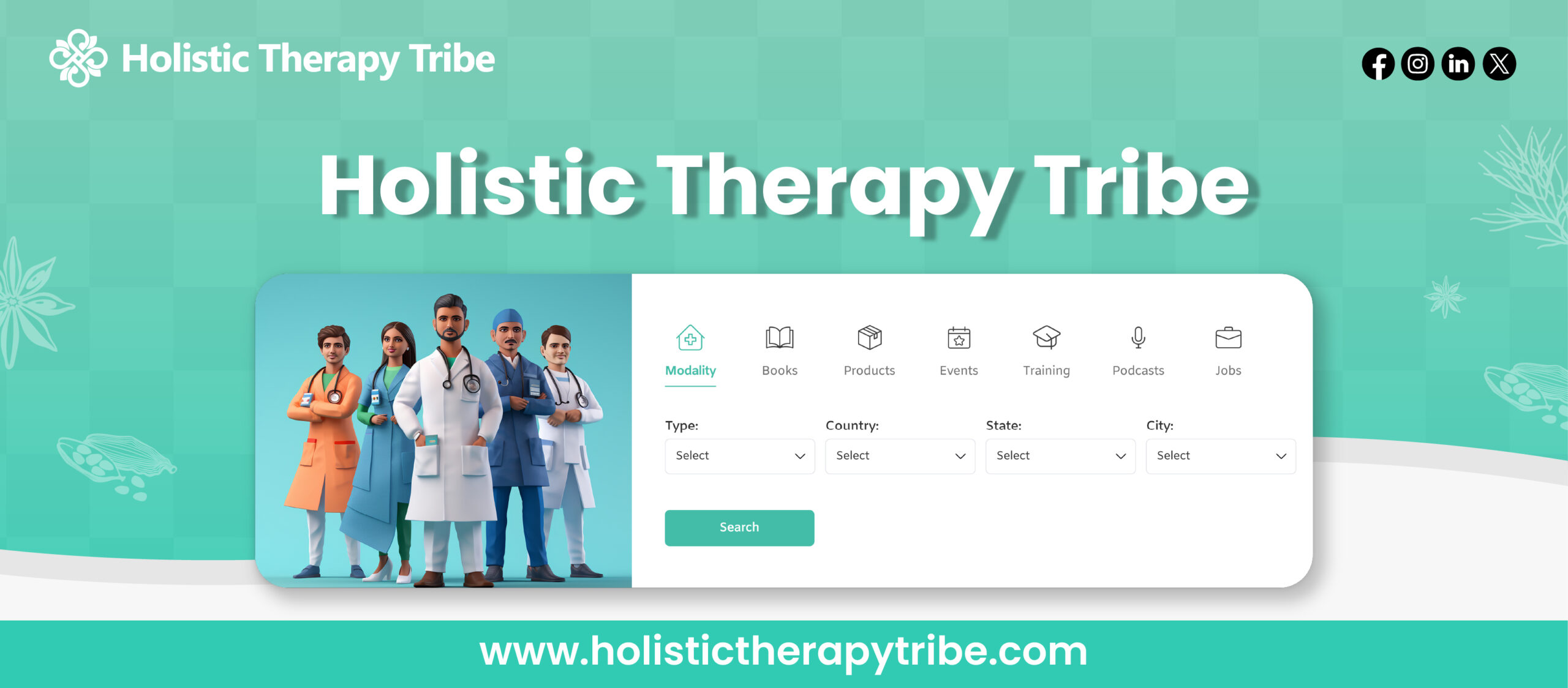The practice of acupuncture, which falls under traditional Chinese medicine, is gaining popularity in different parts of the world owing to its therapeutic effects on pain relief and wellness. Though people may seek acupuncture for chronic pain, anxiety, or any other health problem, one must know its downsides and safety risks. This article looks into the likely drawbacks of acupuncture with special focus on safety concerns and side effects and the necessity of informed decision-making.
In acupuncture, thin needles are inserted into certain points of the human body, and it is said to balance the flow of ‘Qi’ energy within the organism. While some studies show that acupuncture can help in treating one or more conditions, there are many important acupuncture disadvantages and risks that one should take into special consideration before undergoing this treatment.
Probably the most significant disadvantage of acupuncture is the variability of practitioners’ skill and training. Not every acupuncturist is equally well trained, and it is portrayed from one practitioner that it’s a very subjective practice with regard to treatment effectiveness; so, the quality of treatment can vary hugely from practitioner to practitioner. Thus, while some patients may have a good experience with their acupuncturist, others may experience undesirable effect, or even worse, the patient may be harmed. Therefore, licensure and appropriate training should be ensured for a practitioner while obtaining services from him or he. Even with proper training, its effectiveness is personal because reactions to treatment differ a lot among individuals. www.todaybloggingworld.com
Another element of concern is the side effects that could possibly result. Acupuncture, in general, has been viewed as one of the safer methods of treatment; it is, however, not without risks. Patients have reported some decayed or adverse signs like bleeding, soreness, and bruises after insertion, as well as some rare but really serious complications, such as infections, when the needles are not set correctly. In certain circumstances, conditions that had not originally appeared to have been aggravated by acupuncture may, however, become worse. People with bleeding disorders, especially such patients as are taking anticoagulant medicine, should take additional precautions. They are usually at high risk to develop complications.
Moreover, acupuncture is not recognized universally as a treatment modality on its own by the medical community. Some physicians include it in the list of complementary rather than principal therapies. Thus, it may sometimes lead patients to assume that their treatment by acupuncture was sufficient and cause a delay in treatment of serious conditions. As an example, reliance on acupuncture alone for pain relief in patients with cancer may prevent them from receiving needed medical attention. Open communication between patients and their healthcare providers should be done with respect to plans to undertake acupuncture treatments so that this can be integrated into the overall strategy of treatment.
Another downside of acupuncture is the financial strain. Acupuncture treatments are not covered in most insurance plans; thus, people find themselves with expenses that pile up quickly. This financial burden may lead some individuals to forego treatments, thus making acupuncture less effective. Patients need to weigh the cost implications of long-term undergoing acupuncture therapy and whether those potential benefits are worth the costs incurred.
However, the major part of the effectiveness credited to acupuncture is attributable to the placebo effect. Some studies suggest that the perceived benefits of the patients are more often than not due to their beliefs and expectations regarding the treatment rather than the acupuncture itself. Then, whether acupuncture is really a reliable therapeutic option becomes problematic; thus, it should be understood that the results may not be the same for everyone.
Medical and health risks associated with acupuncture go beyond the qualifications of the practitioner. Hygiene and sterilization practices are specifically meant to ward off infections. Using an unsterilized needle, or worse, a needle that has been reused, puts the patient at risk of being infected with several diseases, including hepatitis and HIV. Hence, it is important that practitioners comply with strict hygiene protocols. Furthermore, patients may feel empowered to ask whether practices observe sanitation measures and what sterilization techniques are adopted.
Acupuncture may not be appropriate for individuals who are pregnant, suffer from certain chronic diseases, or whose immune systems are compromised and may need to take extra care when seeking treatment. The acupuncturist and the patient should discuss existing medical conditions or medications together before beginning a treatment regime to reduce the possibility of any problems arising.
Research on the long-term effects of acupuncture is ongoing. In the short term, one may see certain benefits, but the lack of extensive long-term indications is a real dilemma that poses an impediment to understanding in a full sense. Thus, more data are needed to formulate clear guidelines on the safe and effective use of acupuncture. Future developments in the practice of acupuncture will likely hinge on the closing of these gaps by using better research methodologies to determine the safety and efficacy of the practice.
Thus, while acupuncture may have a lot of potential for a number of health conditions, it should be approached with caution. Besides the differences in the training of practitioners, possible side effects, placebo effects, and financial costs associated with treatment, disadvantages and safety risks associated with acupuncture are many. Such an individual should therefore prioritize safety through practices such as choosing a qualified practitioner and maintaining open relations with the healthcare provider, as well as realistic expectations regarding the effectiveness of treatment. By knowing the risks and ensuring informed decision-making, patients will be able to maneuver through the complexities of acupuncture and make decisions that consider their health needs and goals. Ultimately, acupuncture should be considered just one part of a holistic therapy tribes approach to health and not a solitary action in itself.
